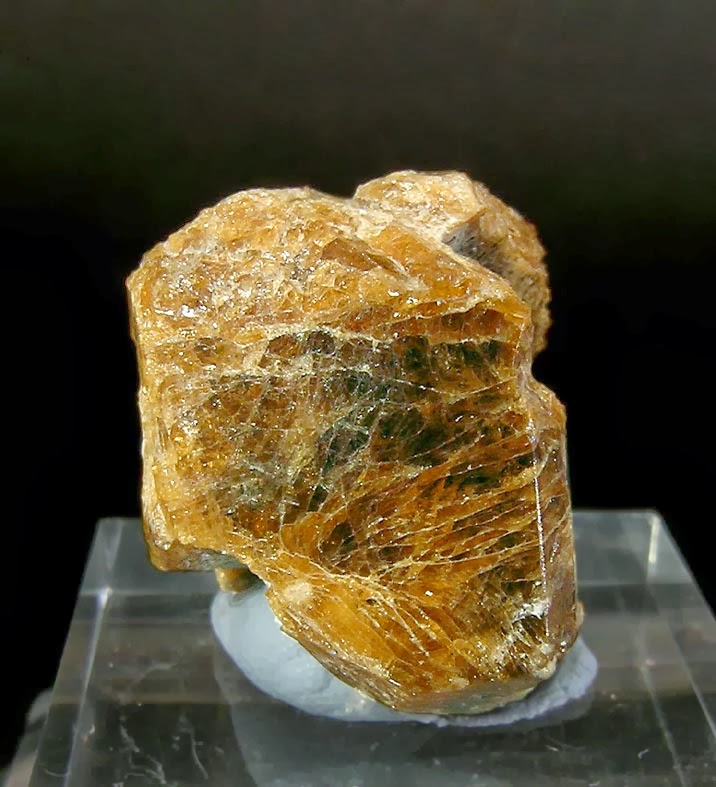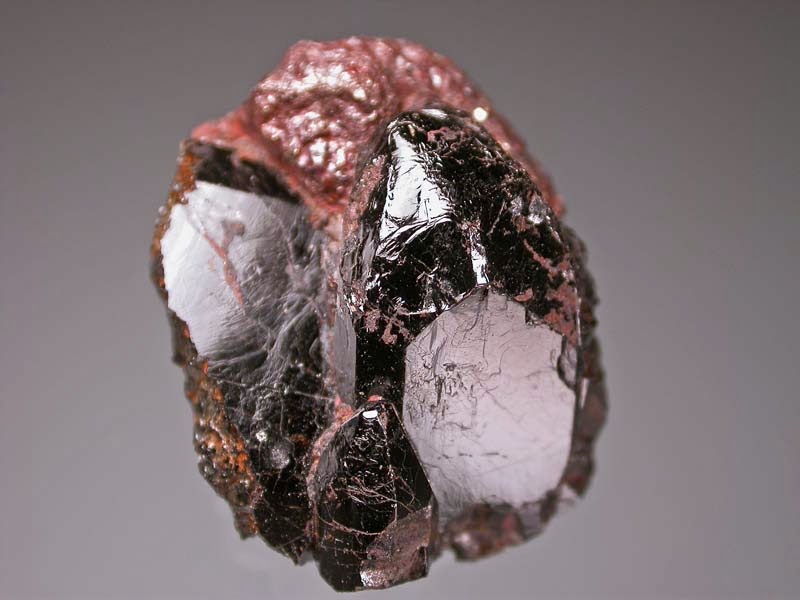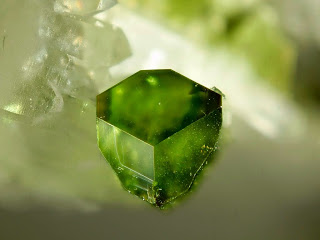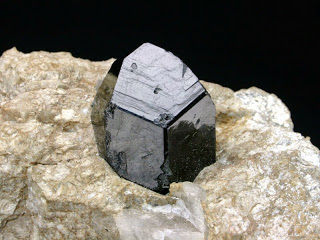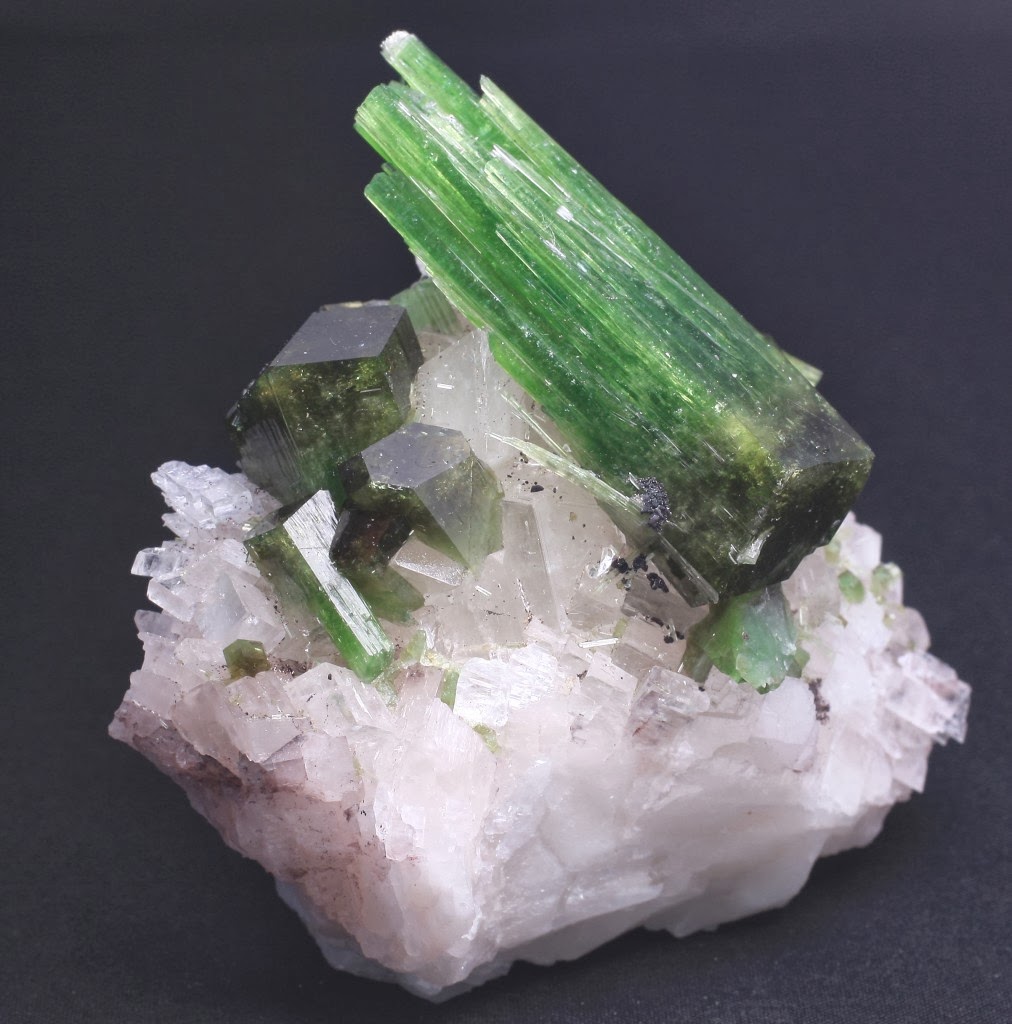
Chemical Formula: Na(Mg3)Al6(Si6O18)(BO3)3(OH)3(OH)
Locality: Drava River, Austria.
Name Origin: Named for the locality.
Dravite is best known as the “Brown Tourmaline”. It is a relatively common form of Tourmaline, and often forms in crude uninteresting formation. However, crystals from certain localities can be highly lustrous and beautifully crystallized. Dravite is named after Dravograd, in Slovenia, the area where Dravite was first described.
In a few rare instances, Dravite may be partially replaced or intergrown together with Schorl, with a specimen being part Dravite and part Schorl. Dravite is also very similar to Uvite Tourmaline, and often occurs together with Uvite in Uvite deposits. It can sometimes be very difficult to make an exact distinction between the Dravite and the Uvite.
Physical Properties
Cleavage: Indistinct
Color: Black, Green, Red, Blue, White.
Density: 2.98 – 3.2, Average = 3.09
Diaphaneity: Transparent to translucent to opaque
Fracture: Sub Conchoidal – Fractures developed in brittle materials characterized by semi-curving surfaces.
Hardness: 7-7.5 – Quartz-Garnet
Luminescence: Fluorescent, Short UV=yellow to orange.
Luster: Vitreous – Resinous
Streak: colorless
Photos :
